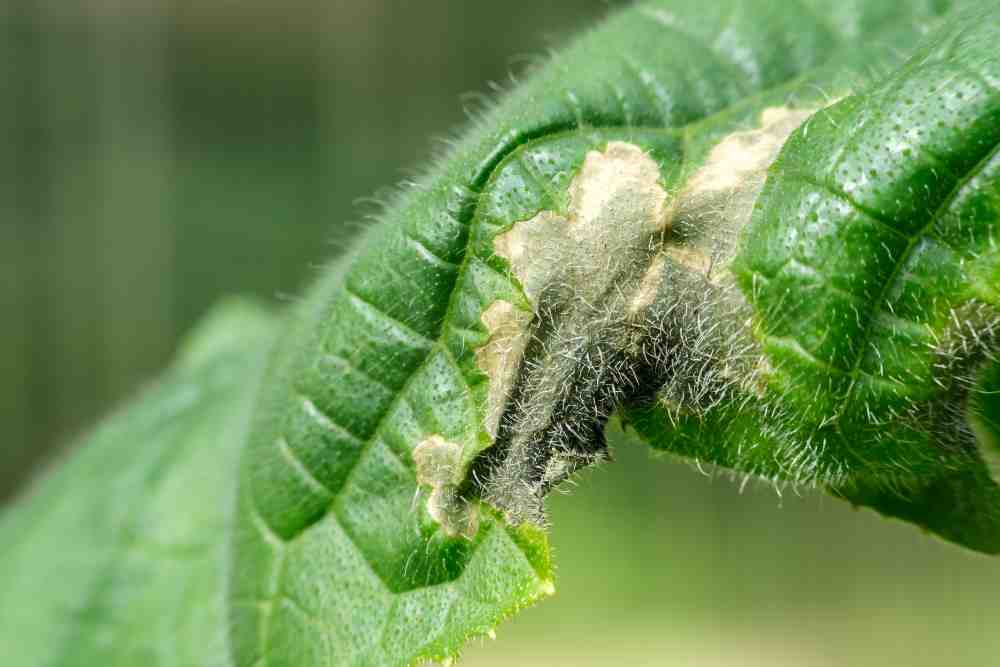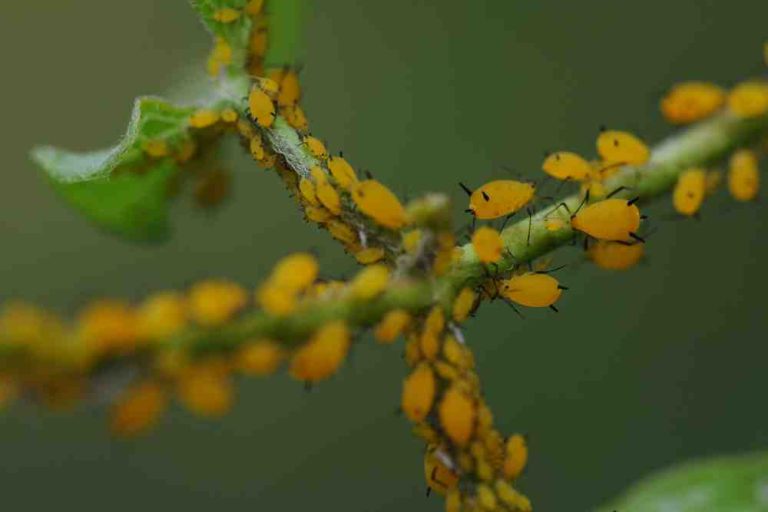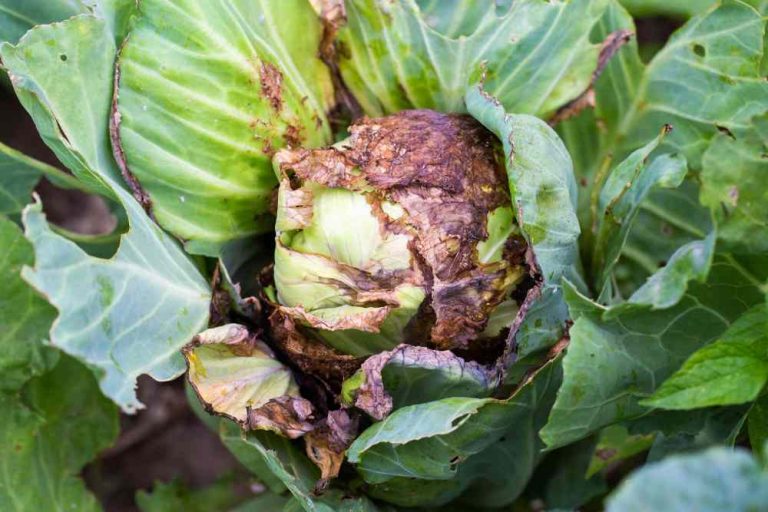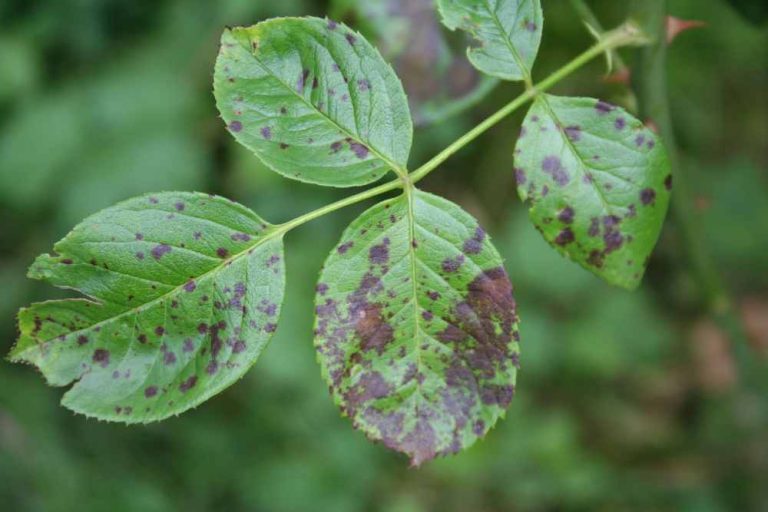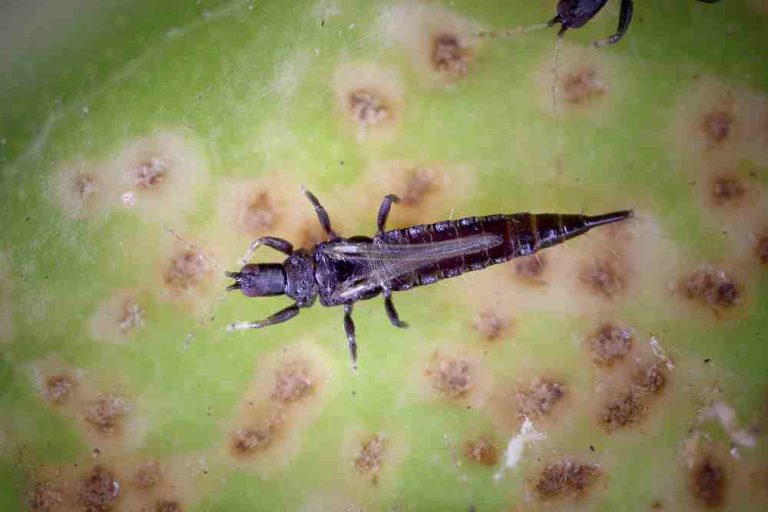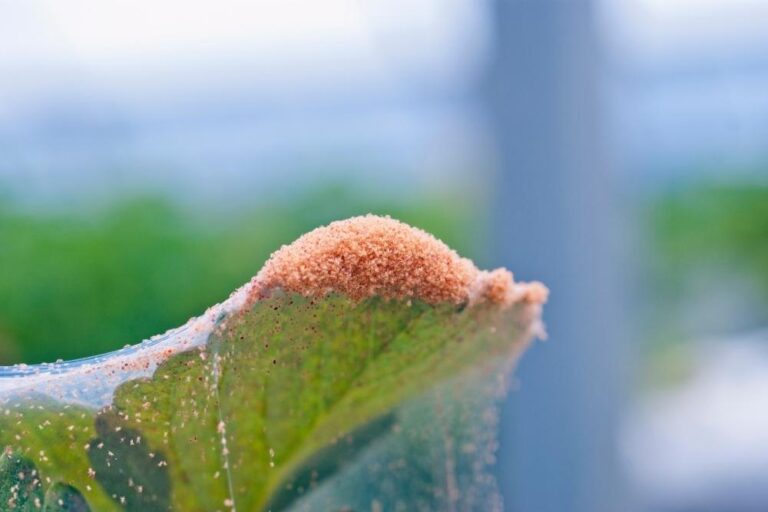How To Identify Bacterial Viral and Fungal Diseases
According to the disease triangle when these three elements coincide, plant disease will occur. Eliminating just one of them will keep your plant healthy.
There are two types of plant diseases: non-infectious and infectious. In non -infective plant diseases there is no pathogen involvement. No, transmit. These diseases are caused by abiotic factors like nutrient deficiency, nutrient toxicity, and water relation. Infective diseases involve a pathogen and transmit plant to plant.
Bacterial diseases can be identified at the location or by laboratory tests. Identification at the location is a cheap and quick method. And it is done by using signs and symptoms. Laboratory tests are done by using Koch’s postulates. It is accurate and advanced. But previous experience is essential. For bacterial diseases, signs include pathogen and its parts or its products like mycelium, spores and, oozing.
How to identify Bacterial, Viral and Fungal diseases
Symptoms appear because of the reaction between the bacteria and the host. Symptoms include wilting, lesions, curling, chlorosis, and stunting. Mainly symptoms are of two types: systemic and localized. In systemic conditions, the whole plant will affect by the bacteria (wilting and dwarfing). Localized symptoms can be seen in only limited areas (leaf spots, and cankers). If you have given a sample to identify a bacterial disease, first it should be a proper sample and then it should be carefully observed. The third step is field observation.
It is the best method because it gives information about disease spreading patterns and less contamination. Gathering as much information about crop variety, crop history, and previous season crop/ pesticide are essential steps to do. Then it’s better to do some simple quick tests. Sample can be observed through hand lenses, moist chamber, check bacterial oozing, and rub with a drop of water and observe under the microscope.
Symptoms are caused by bacterial diseases, mainly similar to fungi but there are no mycelium or spores. In the early stage of bacterial disease, dark green water-soaked lesions can be observed in plants. Other than that wet rot, fowl/other odor, angular lesions, and bacterial oozing can be observed.
There are several methods to control bacterial diseases.
- Use clean transplants.
- Exclusion or eradication of the pathogen (quarantine and use of pathogen tested seeds and propagated materials).
- Monitor crops regularly and use predictive models.
- Reduce pathogen levels by crop rotation.
- Remove weeds and incorporate crop residues that can host the diseases.
- Protect the host plant by using persistent plant varieties.
- Minimize mechanical damages to crops and damage by insect plants.
- Avoid working in crops when they are wet.
- Spray with a registered bactericide when weather conditions favor disease development to prevent infection.
- Understand chemical resistance and rotation of chemical groups.
- If the plants are already infected can isolate and destroy them and prune infected leaves, but avoid excessive handling of diseased plants; if the disease is systemic and has spread throughout the plant cannot recover and should be destroyed(burning and burring).
- Use correct temperatures and packing conditions during transport and storage.
In viral diseases, the same virus causes different symptoms depending on a different host, nutritional state, different ages, and environmental factors.
Symptoms associated with virus infection can be listed below.
- Reduce growth resulting in stunting.
- The mosaic pattern of light and dark green or yellow and green on the leaves.
- Malformation of leaves or growing points.
- Yellow streaking of leaves (especially monocots).
- Yellow spotting on leaves.
- Ring spots or line patterns on leaves.
- Cup-shaped leaves.
- Uniform yellowing, bronzing, or reddening of foliage.
- Distinct yellowing of veins.
- Crinkling or curling of margin of leaves.
Viral diseases are mainly spread by virus vectors namely aphids, whitefly, thrips, ants, leafhoppers, nematodes, and mites. Other than that viral disease can be transmitted through growth media, tools, humans, and planting materials.
Control methods of viral diseases.
- Purchase virus disease plants.
- Maintain strict insect and mite control.
- Remove all weeds since these may harbor both viruses and insects.
- Remove all crop debris.
- Uproot and burn infected plants in-situ.
- Discard virus-infected plants.
- Disinfect tools used for vegetative propagation frequently by placing them in chlorine, H2O2, or ammonium disinfectant for at least 10 minutes and rinse thoroughly with tap water.
- Propagate plants via seed rather than vegetative (note that certain viruses of certain crops can be carried in or on the seed)
There are no chemicals that cure a virus-infected plant nor does any plant protect plants from becoming infected.
In fungal disease, some symptoms are similar to bacteria (in the field). Symptoms like wilting, withering, leaf curling, short hole, stunting, canker, necrosis, gummosis, blight and blasts, blotching, and anthracnose can be observed.
In the laboratory fungal disease is identified by using Koch’s postulate method. If the causal organism is unknown, should follow a series of tests to identify
- Koch’s postulate/ rules
- Developed by Robert Koch
Four major steps in Koch’s postulate method.
- The pathogen must be found in all diseased plants.
- The pathogen must be isolated, grown, and described in characteristics in pure culture on nutrient media.
- The pathogen must be inoculated into a healthy plant.
- The pathogen must be re-isolated from the inoculated plant and its characteristics must be exactly similar to step 2.
01. The pathogen must be found in all cases.
- Plant A – Pathogen A, B, D
- Plant B – Pathogen A, C, D, & E
- Plant C – Pathogen A, C
- Plant D – Pathogen A, B, & E
- Plant E – Pathogen A, D, & E
The same symptoms can be seen.
02. The pathogen must be isolated, grown, and described its characteristics in pure culture on nutrient media.
03. Inoculation
In this step pure culture is inoculated to a healthy host. There are three methods to inoculate pathogenic fungi.
- Spraying method – use atomizer or sprayers.
- Spore drop method.
- Dusting – apply dry spores as dust.
Controlling methods of fungal diseases
- Use clean transplants.
- Monitor crops regularly.
- Reduce pathogen levels by crop rotation.
- Protect the host plant by using resistant plant varieties.
- Use suitable fungicides.
- Field sanitation.
- 10 Modern Boho Bedroom Ideas to Inspire Peaceful Nights - April 26, 2024
- Bohemian Bedroom Ideas on a Budget | Chic & Affordable - April 24, 2024
- 18 Rose Types and Names for Your Garden - April 23, 2024

